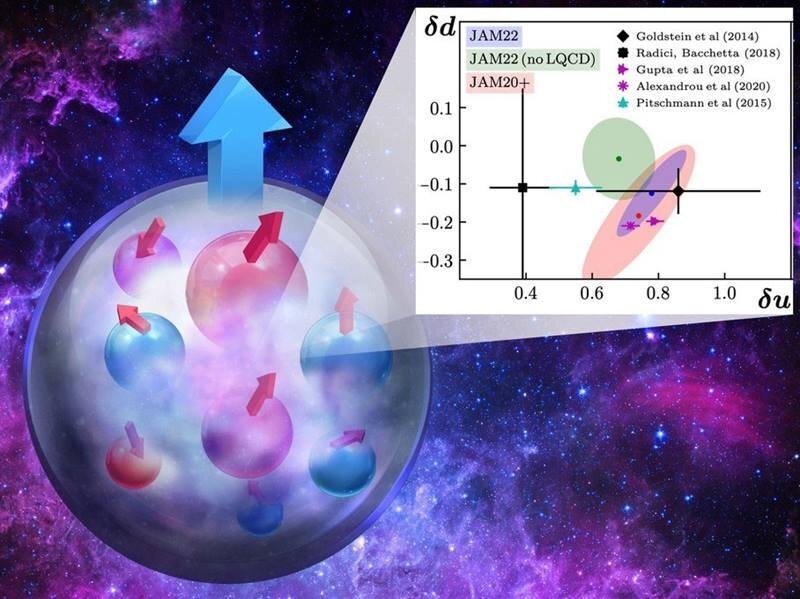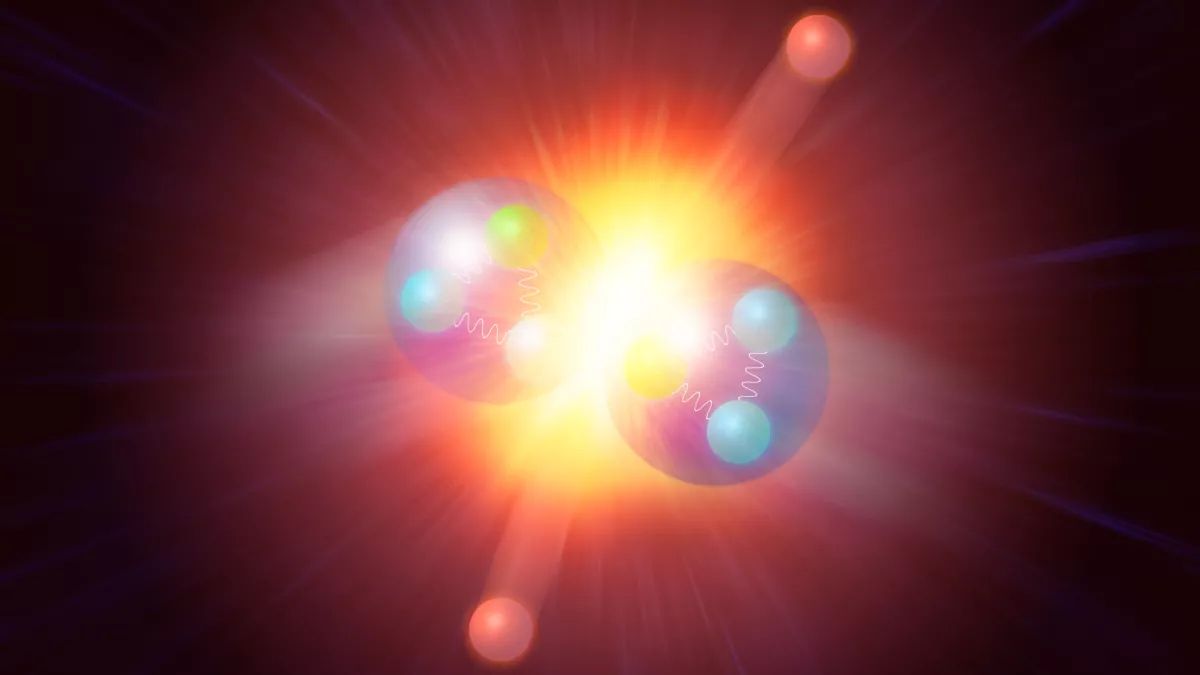STRUNG OUT
Bible Study / Daily Devotional
Daily Devotional
Average reading time is about 5 minutes
AN AMAZING FACT: About 600 years before Christ, a Greek natural philosopher named Democritus (dem-ok-rittus) said that everything in the world was made up of very tiny particles so small that you couldn’t see them with the naked eye. These tiny particles were arranged in various configurations that created the myriad of different things which we can see, such as animals, minerals, vegetables, and even air and water. These particles were so small that they could not be broken down into anything smaller. That’s why he named them “atoms,” from a Greek word átomos that means “uncuttable.”
Of course, 2,500 years later that atomic theory became the foundation for all modern physics. And, yes, atoms are indeed small, so small that a mere drop of water contains billions of them. Today scientists understand that atoms are made up of even smaller parts: a nucleus, which is composed of protons and neutrons, and an electron, which spins around the nucleus. To give you a perspective of how small an atomic nucleus is, if an atom were the size of a football stadium, the nucleus would be the size of a marble. Then scientists realized that neutrons and protons were made of even smaller entities, called quarks.
But wait, there’s more. Now they theorize that even quarks are made of smaller particles, called strings. How small is a string? A string is to the size of a proton, as a proton is to the size of our solar system! Strings are so small it would take a proton smasher a million billion times stronger than any we have now in order to smash the proton hard enough to get to the strings. And, what’s more, some scientists now think that these strings might be made of something even smaller.
No wonder the Bible says: “O the depth of the riches both of the wisdom and knowledge of God! How unsearchable are His judgments and His ways past finding out!” (Romans 11:33). There is no question but that little things do matter.
KEY BIBLE TEXTS
God thundereth marvellously with his voice; great things doeth he, which we cannot comprehend. Job 37:5
STRUNG OUT
Bible Study / Daily Devotional
Daily Devotional
Average reading time is about 5 minutes
AN AMAZING FACT: About 600 years before Christ, a Greek natural philosopher named Democritus (dem-ok-rittus) said that everything in the world was made up of very tiny particles so small that you couldn’t see them with the naked eye. These tiny particles were arranged in various configurations that created the myriad of different things which we can see, such as animals, minerals, vegetables, and even air and water. These particles were so small that they could not be broken down into anything smaller. That’s why he named them “atoms,” from a Greek word átomos that means “uncuttable.”
Of course, 2,500 years later that atomic theory became the foundation for all modern physics. And, yes, atoms are indeed small, so small that a mere drop of water contains billions of them. Today scientists understand that atoms are made up of even smaller parts: a nucleus, which is composed of protons and neutrons, and an electron, which spins around the nucleus. To give you a perspective of how small an atomic nucleus is, if an atom were the size of a football stadium, the nucleus would be the size of a marble. Then scientists realized that neutrons and protons were made of even smaller entities, called quarks.
But wait, there’s more. Now they theorize that even quarks are made of smaller particles, called strings. How small is a string? A string is to the size of a proton, as a proton is to the size of our solar system! Strings are so small it would take a proton smasher a million billion times stronger than any we have now in order to smash the proton hard enough to get to the strings. And, what’s more, some scientists now think that these strings might be made of something even smaller.
No wonder the Bible says: “O the depth of the riches both of the wisdom and knowledge of God! How unsearchable are His judgments and His ways past finding out!” (Romans 11:33). There is no question but that little things do matter.
KEY BIBLE TEXTS
God thundereth marvellously with his voice; great things doeth he, which we cannot comprehend. Job 37:5










